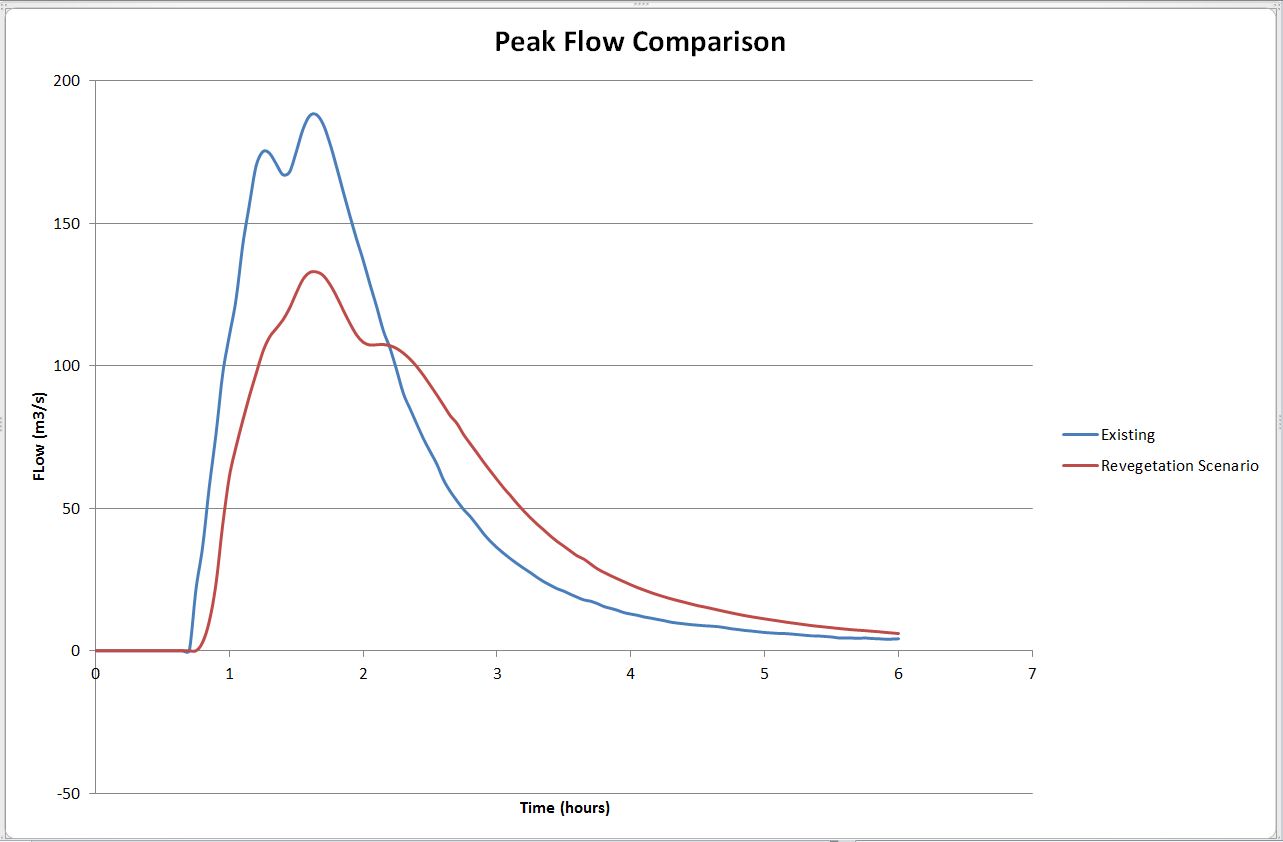Natural Floodplain Management
Category : Floodplain Management
Synergy Solutions have been involved in the Natural Floodplain Management (NFM) Space for a number of years. We believe we are pioneers and early adopters of this practice in the Australian environment.
NFM is relies upon mimicking how our catchments use to be (similar to WSUD but at a larger scale) and maximising the use of natural approaches which can include riparian/floodplain re vegetation, infiltration increase, pilefields, woody debris, floodplain re-engagement and wetlands.
Traditional approaches to flood mitigation including dams and levees are fraught with issues not only from an environmental point of view but also the residual safety risk that is left for communities through over topping over defined flood events and failure. The cost including maintenance can be very excessive.
Synergy have been working in the following areas:
- At a local scale with farmers in adopting natural sequence farming techniques and tying links to larger regional outcomes. We have actively worked on ground with several landcare groups on a not for profit basis and continue to do so
- Undertaking further research with universities to understand the increased infiltration in our catchments as a result of increasing vegetation cover. Recent research suggests that heavily vegetated corridors and catchments are able to actively absorb up to 100mm/hour which drastically decreases surface runoff and thus flooding
- 2D modelling incorporating NFM techniques which has shown major decreases in downstream flood levels/extents
- Assisting local governments to provide grants, frameworks and scoping of NFM projects
Synergy will continue to invest more time commercially and NFP in this space as we firmly believe this is how floodplain and integrated water management should progress. The benefits for flora/fauna, flooding and waterway health are enormous and will provide overall benefit for society in the long term.
As a business actively involved in this space and leading research and application, we encourage you to get in touch. If you would like to find out more, gain access to more information or talk to us about application in your catchment please give us a call.
